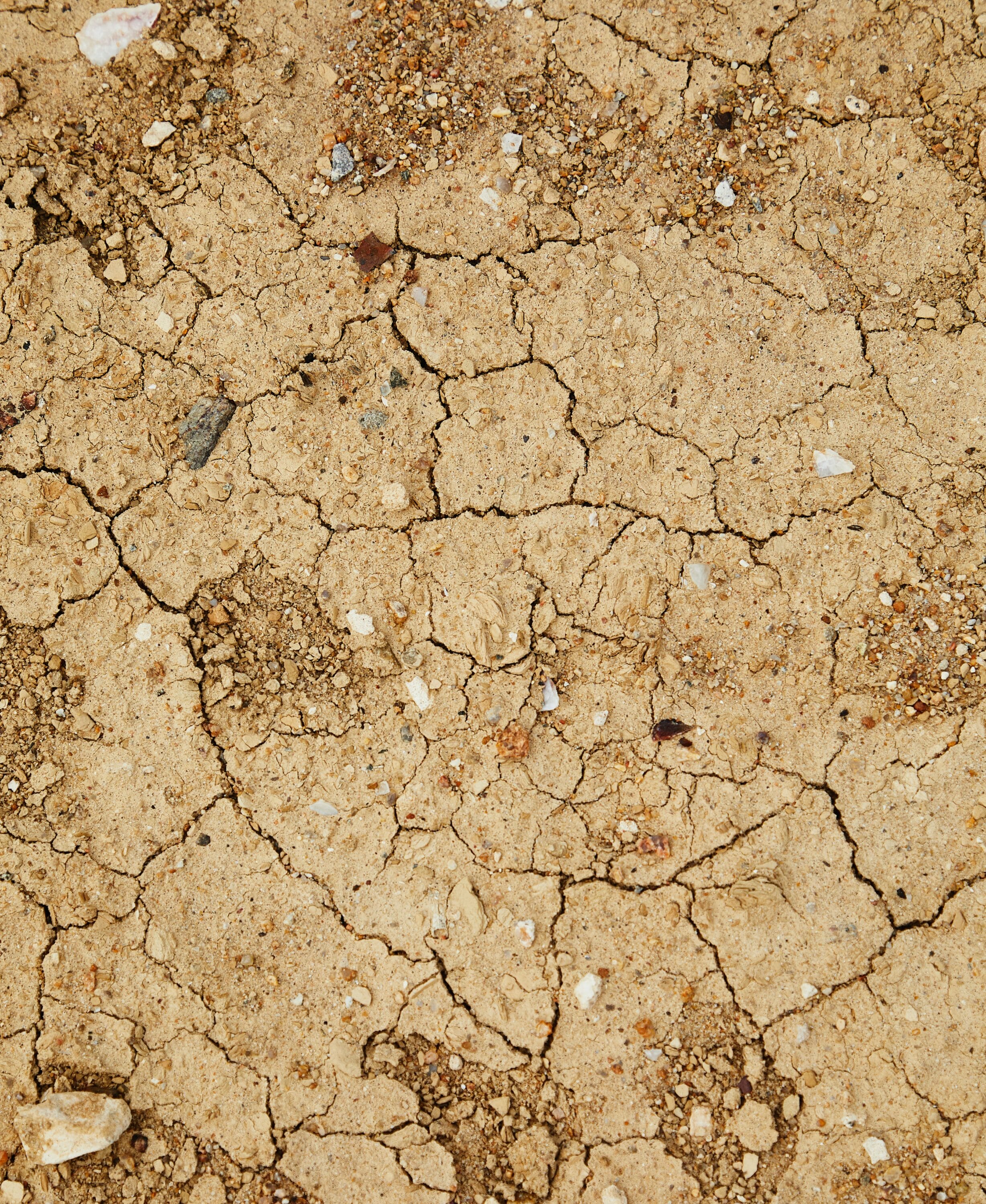Maintaining grow Room Yields during drought:
Part II

water reclamation
Your Dehumidifier Can Provide You with a Steady, Renewable Clean Water Supply Regardless of Drought
Dehumidifiers are essential to healthy yields, thanks to the optimal moisture levels they maintain in grow rooms – but they can also solve the drought-induced water scarcity so many growers face: Dehumidifiers can actually provide you with a source of clean, readily accessible water even during drought.
How dehumidifiers give you a “free” renewable supply of water
A dehumidifier is basically a refrigeration system. It has two copper tubing coils; each coil looks similar to an automotive radiator. One of the coils is hot, and the other is cold.
The system works by pulling heat from the cold coil and “exhausting” it through the hot coil. A fan blows air through the system, which removes water from the air and heat from the hot coil. The water condensate forms on the cold coil, much as condensate will form on a glass of ice water during a hot day.
The condensate then runs off the cold coil and is collected into a reservoir of some type.
Dehumidifier water can be preferable to reverse-osmosis filtered water, thanks to the “multiplier effect”
Even without the presence of drought, you can see that it’s preferable to use rather than “dump” the perfectly good water that dehumidifiers produce – and it can actually be better than reverse osmosis water. Why? While condensate water from dehumidifiers is naturally clean and free of contaminants (see below), reverse osmosis machines must necessarily waste 1 to 3 gallons of water to produce a single gallon of clean water. Every gallon of dehumidifier condensate saves 2-4 gallons of water drawn out of the tap.
Is the condensate water clean and free of contaminants?
Yes. It’s clean because the cold condensate coil is enclosed within the dehumidifier. Because dehumidifier coils are not soldered with lead as is common in other applications, there’s no chance of lead contamination, either. Instead, copper coils are brazed.
Next time: Best practices
There are a few best practices to follow if you plan to use your dehumidifier water as your plants’ water supply. More on that in part III.
Published on Oct 09 2015
Last Updated on Feb 19 2024
Categories: Agriculture, Drought, Reclaiming water
Tags: clean water, drought, reverse osmosis
